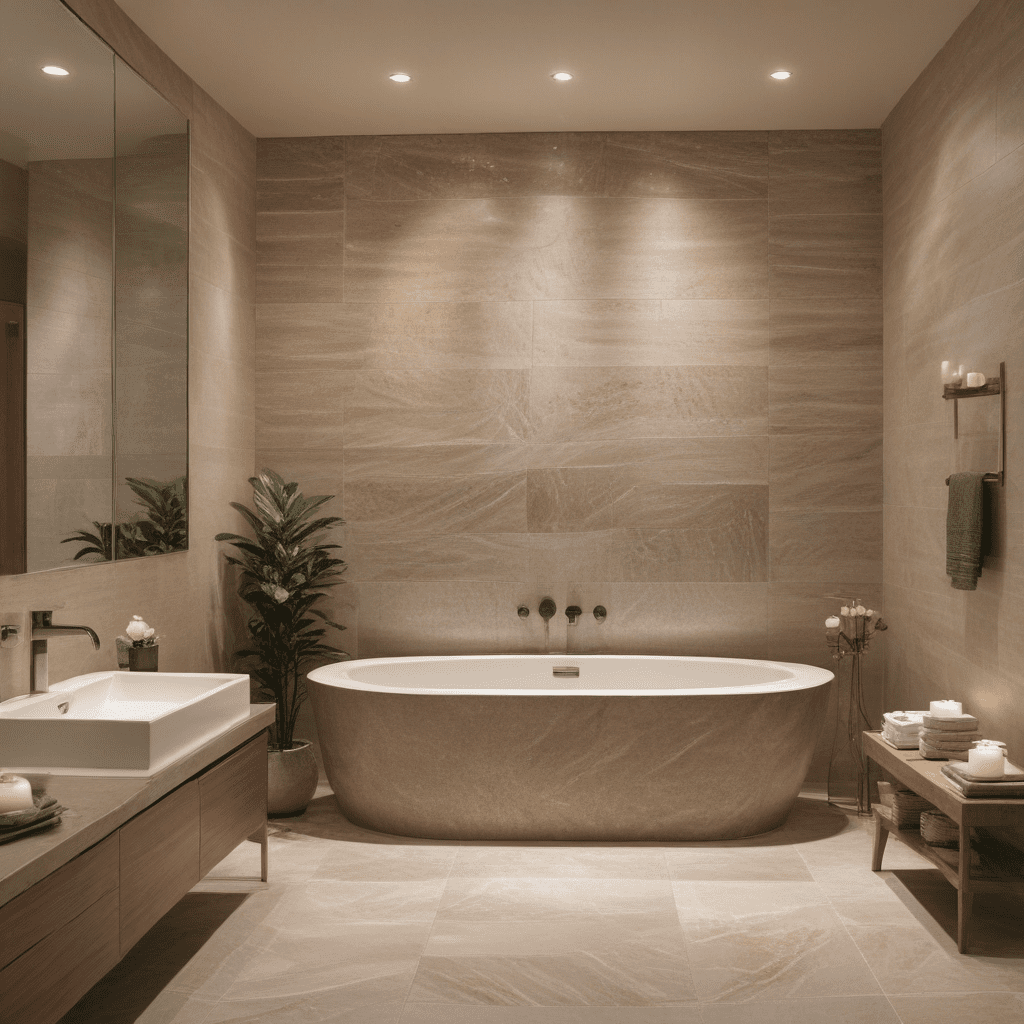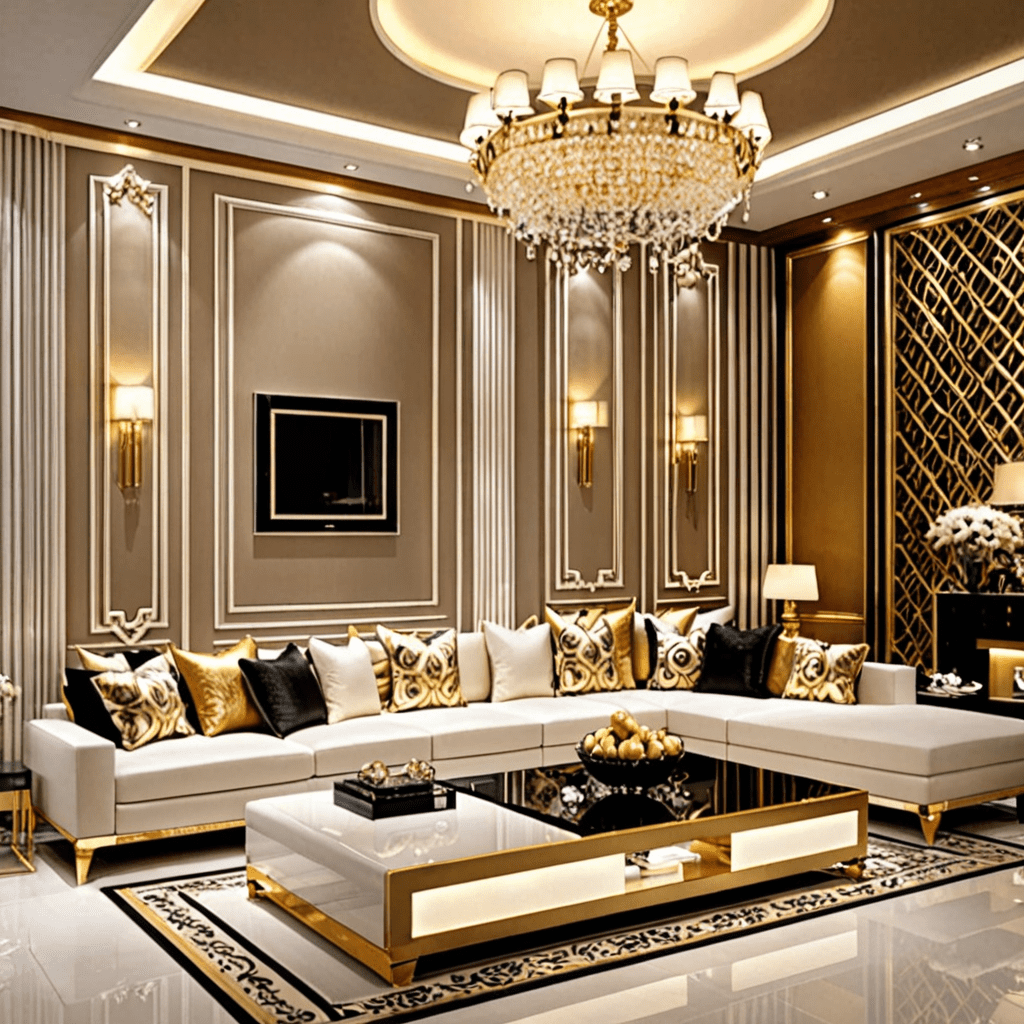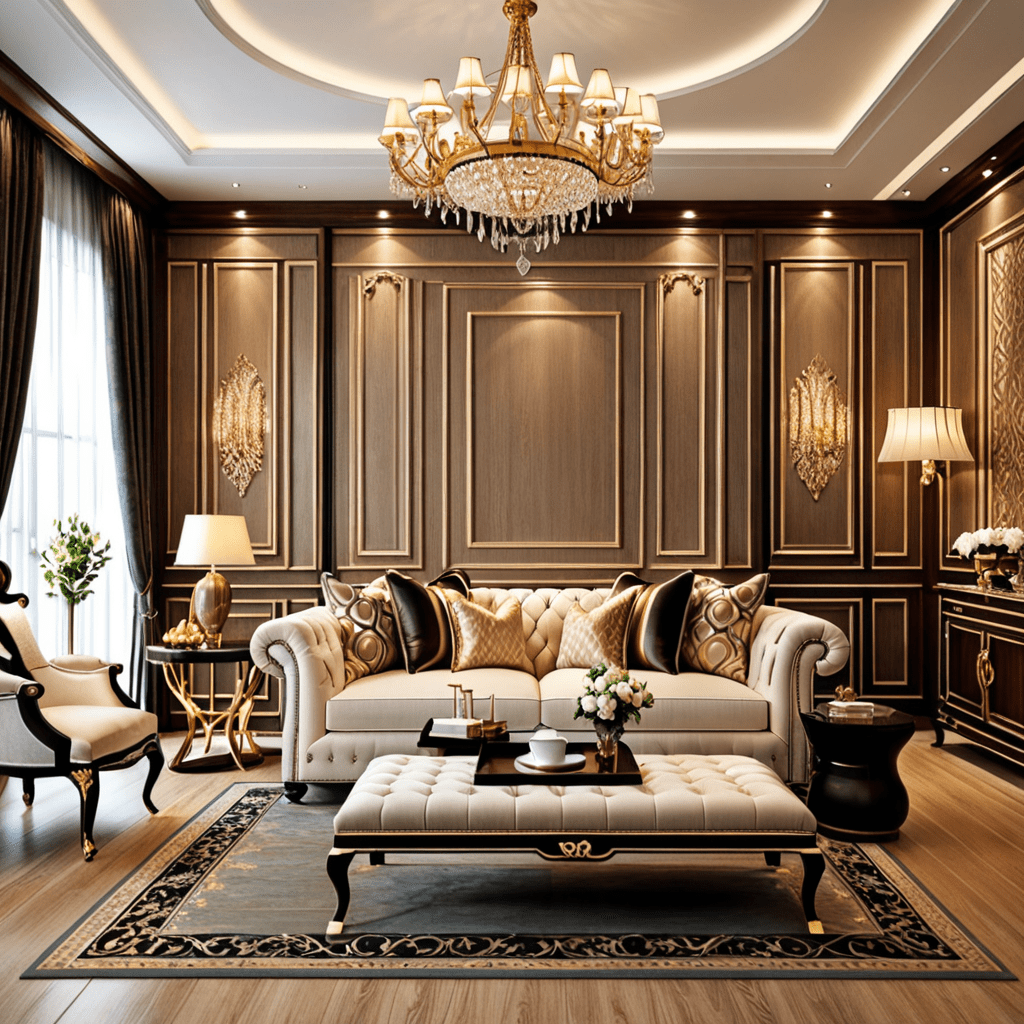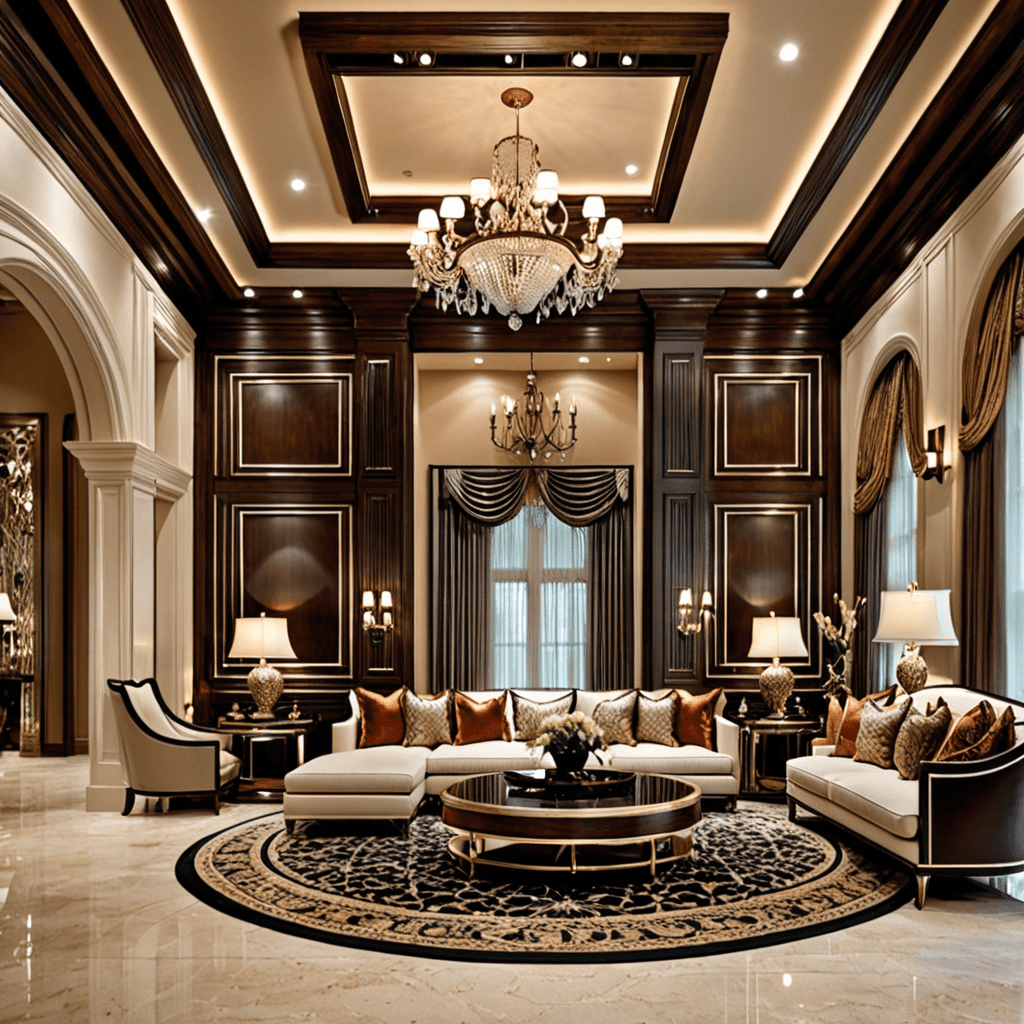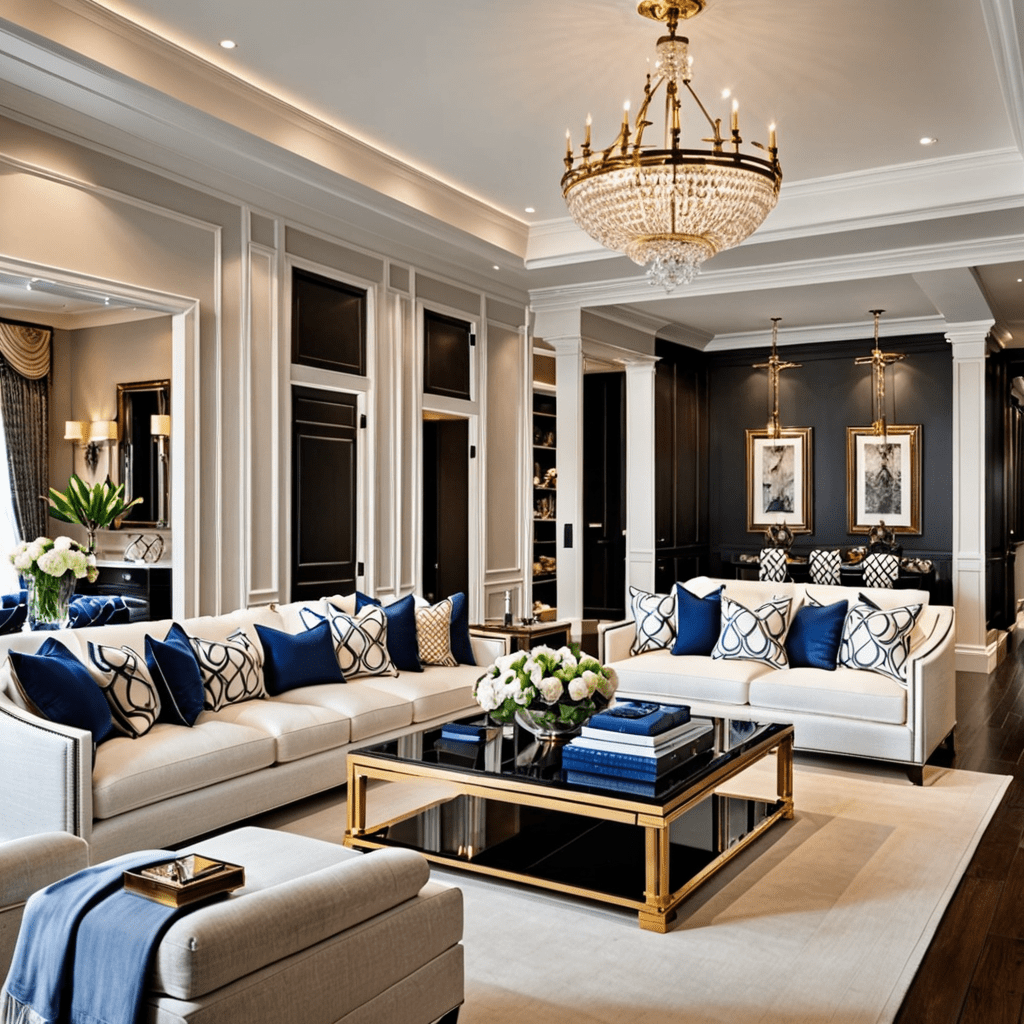The Art of Enhancing Interior Spaces: Elevating Design with Graphics


The Art of Enhancing Interior Spaces: Elevating Design with Graphics
In the realm of interior design, the incorporation of graphic elements can add a unique dimension to living spaces. By skillfully integrating graphic design into interior design, homeowners can infuse personality, vibrancy, and visual interest into their abodes. From wall murals to custom wallpaper, the possibilities are endless when it comes to leveraging graphic design to transform interiors, creating an atmosphere that truly resonates with the inhabitants.
Understanding Interior Graphic Design
Interior graphic design is a creative discipline that focuses on integrating visual elements into interior spaces. This can encompass a wide range of applications such as custom wall art, digitally printed textiles, graphic finishes on surfaces, and bespoke graphic installations. Through the strategic use of color, pattern, and typography, designers can craft compelling visuals that enhance the overall aesthetic of a room.
The Impact of Graphic Design in Interior Spaces
The use of graphic design in interior spaces goes beyond mere decoration; it has the potential to evoke emotions, communicate narratives, and reflect individuality. By carefully selecting and placing graphic elements, one can influence the perception of space, create focal points, and establish thematic continuity within a room. Whether it’s a bold, geometric pattern or a serene nature-inspired mural, graphic design has the power to shape the ambiance and character of a space.
Blending Graphic Elements with Interior Design
Successful integration of graphic design with interior design requires a harmonious balance between various elements. It is essential to consider factors such as the overall style of the space, existing color schemes, and the desired emotional impact. When done thoughtfully, graphic elements can seamlessly coexist with furnishings, lighting, and architectural features, amplifying the visual appeal of the interior while capturing the attention of those who inhabit it.
Customization and Personalization
One of the main advantages of incorporating graphic design into interior spaces is the ability to personalize the environment. Customized graphics can be tailored to reflect the unique tastes and preferences of the homeowners, allowing them to express their individuality through the visual language of design. Whether it’s a favorite quote elegantly rendered as a typographic feature or a beloved landscape immortalized as a wall mural, personalized graphics can imbue a sense of ownership and warmth into a living space.
Enhancing Spatial Perception
Graphic elements can play a pivotal role in shaping the perceived dimensions of a room. Cleverly deployed graphics have the potential to visually expand a confined area, create an illusion of depth, or draw attention to specific architectural details. Through well-planned graphic interventions, designers can manipulate spatial perceptions, making a space feel more open, inviting, and dynamically engaging.
Captivating Feature Walls and Murals
Feature walls and murals represent a popular avenue for integrating graphic design into interior spaces. These striking focal points can act as expressive artistic statements, adding drama and visual intrigue to a room. Whether it’s an oversized botanical illustration, an abstract geometric composition, or a stylized historical motif, a carefully curated feature wall or mural can become the centerpiece of a well-conceived interior, commanding attention and setting the tone for the entire space.
Exploring Innovative Applications
In addition to traditional graphic treatments, contemporary technology has opened up new frontiers for interior graphic design. From digitally printed ceramic tiles to LED-backlit graphic panels, the modern designer has access to a diverse arsenal of innovative materials and techniques. These advancements enable the creation of immersive, multisensory experiences, where graphic design seamlessly merges with architectural elements, creating captivating visual narratives within the built environment.
FAQ
What are the key considerations for integrating graphic design into interior spaces?
When integrating graphic design into interior spaces, it’s crucial to consider the overall style and mood of the room, existing color schemes, and the desired emotional impact. Careful planning and thoughtful execution are essential to ensure that graphic elements blend harmoniously with the overall design scheme.
How can graphic design influence the perceived dimensions of a room?
Through the strategic use of graphics, designers can manipulate spatial perceptions to create the illusion of expanded space, enhanced depth, or emphasized architectural features. By leveraging clever visual techniques, graphic design can play a pivotal role in shaping the perceived dimensions of a room.
What are some innovative applications of graphic design in interior spaces?
Modern advancements in technology have given rise to innovative applications of graphic design, including digitally printed ceramic tiles, LED-backlit graphic panels, and interactive multimedia installations. These cutting-edge approaches allow designers to create immersive, multisensory experiences that seamlessly integrate graphic design with architectural elements.
In conclusion, the integration of graphic design into interior spaces represents a compelling avenue for infusing creativity, expression, and personalization into the realm of design. By leveraging the communicative power of graphic elements, interior spaces can be transformed into visually captivating environments, resonating with the individuality and aspirations of those who inhabit them.
